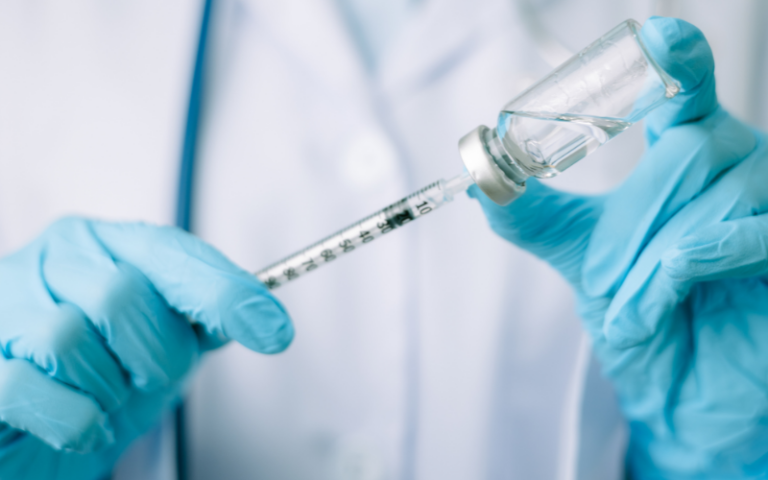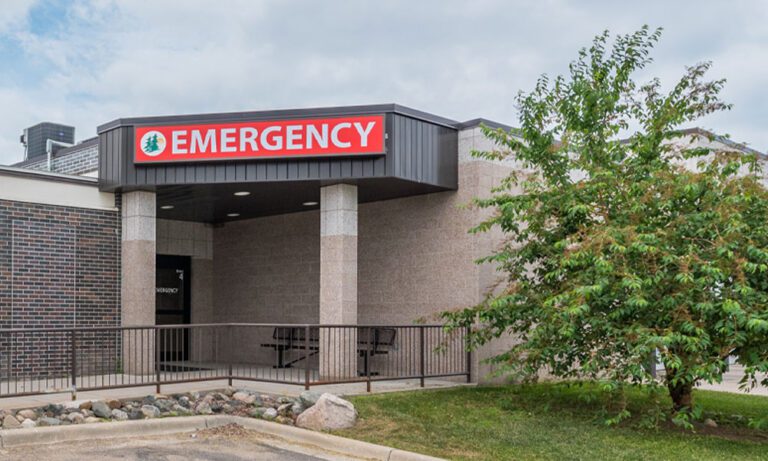Strokes are a leading cause of serious, long-term disability and are the fifth leading cause of death in the United States. The impact of a stroke can be devastating, but early recognition and prompt treatment can make a significant difference. It’s vital to know the signs of a potential stroke, preventative measures and which actions to take if a stroke does occur. Ultimately, awareness and quick response can save lives and reduce long-term damage.
What is a Stroke?
A stroke occurs when the blood supply to a part of the brain is interrupted or reduced, preventing brain tissue from getting oxygen and nutrients. With a stroke, brain cells can start dying within minutes. There are two main types of stroke:
- Ischemic Stroke: This is the most common type, accounting for about 87% of strokes. It happens when a blood clot blocks a blood vessel in the brain.
- Hemorrhagic Stroke: This occurs when a blood vessel in the brain bursts, leading to bleeding within or around the brain.
A Transient Ischemic Attack (TIA), often called a mini-stroke, is a temporary period of symptoms similar to those of a stroke. A TIA doesn’t cause permanent damage but is a warning sign for future strokes.
Recognizing Stroke Symptoms
Being able to identify the signs of a stroke is crucial. The acronym BE FAST is a helpful way to remember the most common symptoms:
- Balance: A sudden loss of balance or coordination. Ask the person to if they are having trouble with their balance or overall coordination.
- Eye: Sudden blurred or double vision or loss of vision altogether. Ask the person whether they are experiencing these vision symptoms.
- Face drooping: One side of the face droops or feels numb. Ask the person to smile, and see if the smile is uneven.
- Arm weakness: One arm feels weak or numb. Ask the person to raise both arms. Does one arm drift downward?
- Speech difficulty: Speech is slurred or hard to understand. Ask the person to repeat a simple sentence. Is the speech strange or unclear?
- Time to call 911: If someone shows any of these symptoms, even if they go away, call 911 immediately. Note the time when symptoms first appeared.
Other symptoms can include sudden confusion, trouble seeing in one or both eyes, difficulty walking, dizziness, loss of balance or coordination and a severe headache with no known cause.
What to Do in the Case of a Suspected Stroke
If you think someone is having a stroke, act F.A.S.T.:
- Call 911 immediately. Do not drive the person to the hospital. Emergency medical services (EMS) can start life-saving treatment on the way to the hospital.
- Check the time. When did the first symptoms appear? This information is crucial for healthcare providers to determine the best treatment options.
- Stay with the person. Keep them calm and comfortable, and do not give them anything to eat or drink.
Treatment Options
The treatment for a stroke depends on the type of stroke and how quickly the person receives medical care. For ischemic strokes, treatments aim to restore blood flow to the brain. This can include medications such as tissue plasminogen activator (tPA), which can dissolve the clot if given within three to four and a half hours of symptom onset. Mechanical thrombectomy, a procedure to physically remove the clot, is another option.
For hemorrhagic strokes, treatment focuses on controlling the bleeding and reducing pressure in the brain. This might involve surgery or other interventions to repair blood vessels.
Prevention Tips
Preventing strokes involves managing risk factors and adopting a healthy lifestyle. Here are some tips to reduce your risk:
- Control high blood pressure (a leading cause of stroke): Maintain a healthy blood pressure level through diet, exercise and medication if necessary.
- Talk to primary care provider: If blood pressure goes over 140/80, see a primary care provider to discuss next steps.
- Manage diabetes: Keep blood sugar levels under control.
- Quit smoking: Smoking and all tobacco use significantly increase the risk of stroke.
- Exercise regularly: Aim for at least 30 minutes of moderate physical activity most days of the week.
- Eat a healthy diet: Focus on fruits, vegetables, whole grains and lean proteins. Limit salt, sugar and saturated fats.
- Maintain a healthy weight: Being overweight increases the risk of stroke.
- Limit alcohol: Drink in moderation, if at all.
Ely-Bloomenson Community Hospital Emergency Services
Emergencies happen. When they do, trust the emergency medical services at EBCH. Our dedicated team is here to provide swift, expert care in critical moments, ensuring patients receive the treatment they need when every second counts.
In addition to our emergency services, our comprehensive rehabilitation services support the patient’s recovery and help patients regain independence after a stroke.
Remember, minutes matter — if you suspect a stroke, act F.A.S.T. and call 911 immediately. While nobody plans to have a stroke, it’s comforting to know EBCH is here for the community, providing expert care when it’s needed most.




